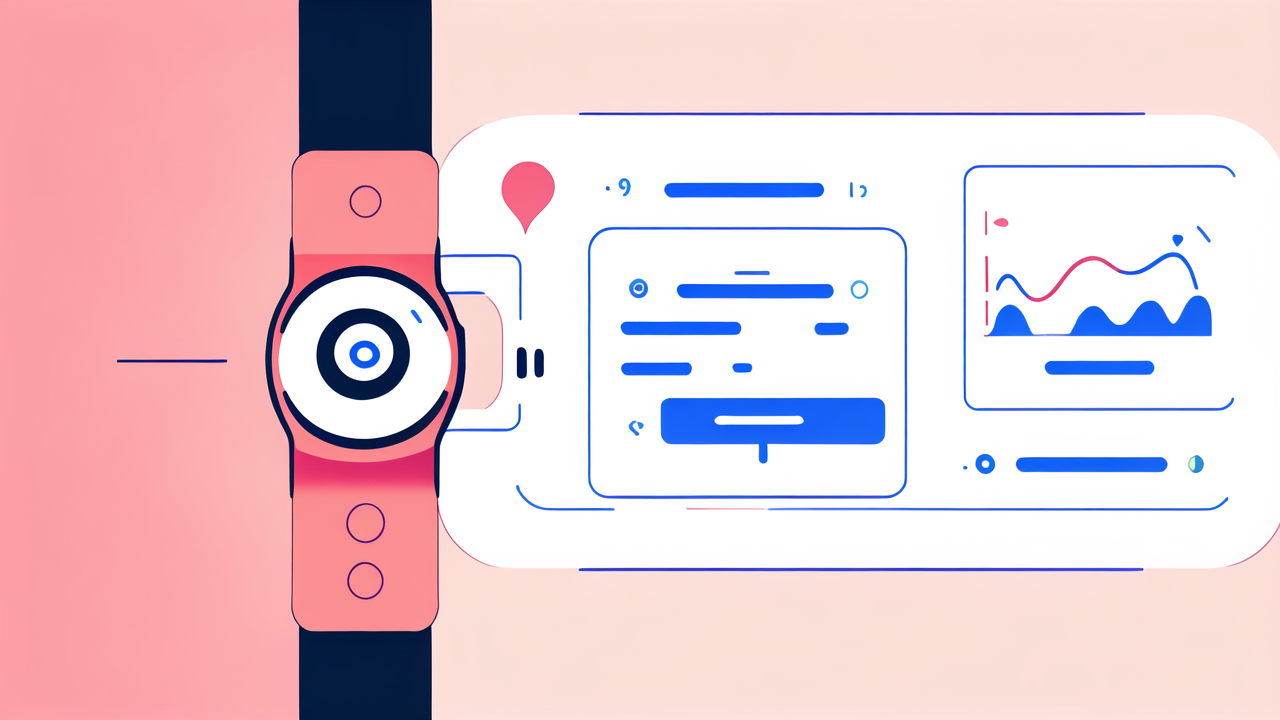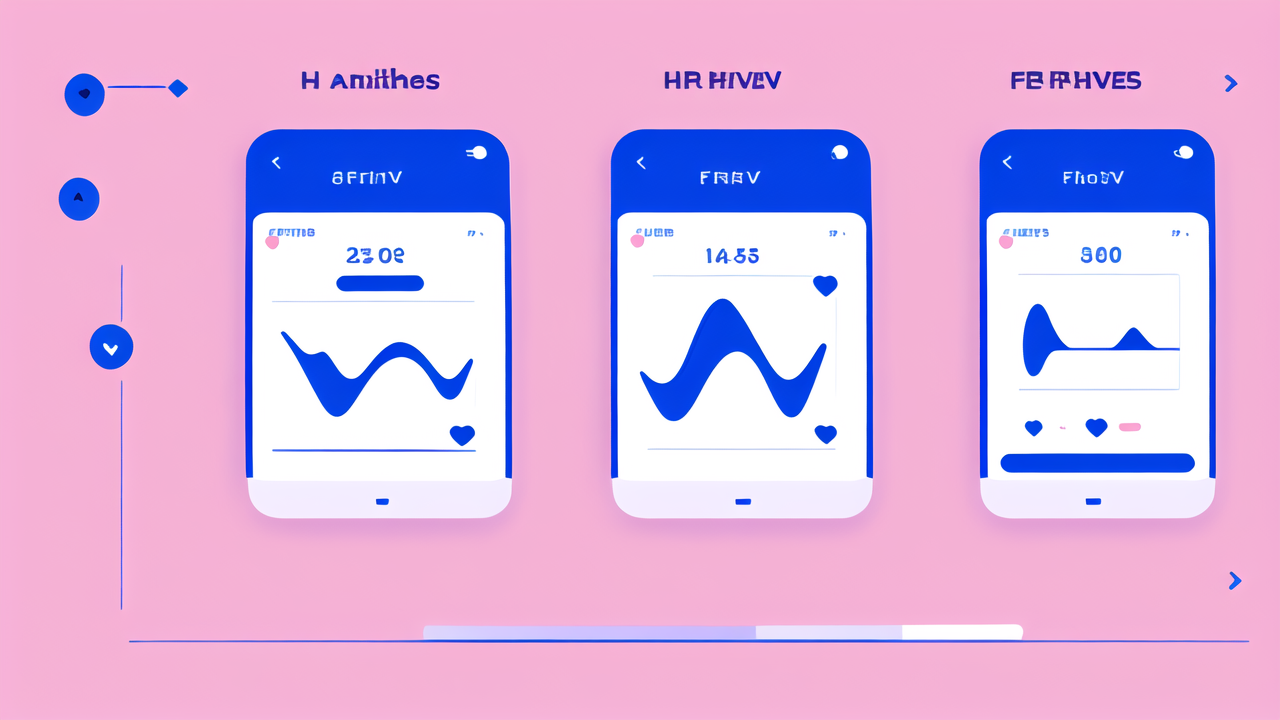The Role of Pulse Watches in Health and Wellness
Understanding the Pulse Watch Mechanism
Pulse watches are smart devices that monitor your heart rate. They use sensors to detect blood flow in your wrist. These sensors emit light that penetrates your skin. The watch then measures how much light is reflected back. This process is called photoplethysmography (PPG).

As your heart beats, blood flow changes. This affects how much light is reflected. The watch uses this info to calculate your pulse rate. Most pulse watches update your heart rate every few seconds. This gives you a real-time view of your heart's activity.
Some advanced pulse watches also track other health metrics. These may include blood oxygen levels, stress levels, and sleep quality. They use complex algorithms to analyze the data they collect. This helps provide a more complete picture of your overall health.
How Pulse Watches Contribute to Personal Health and Wellness
Pulse watches play a crucial role in personal health management. They provide continuous heart rate monitoring. This helps users track their cardiovascular health over time. Regular monitoring can reveal patterns and trends in heart rate.
These devices can alert users to potential health issues. For example, an unusually high resting heart rate may indicate stress or illness. Some watches can even detect irregular heart rhythms. This feature has helped many users identify serious conditions like atrial fibrillation.
Pulse watches also motivate users to stay active. They often set daily activity goals based on heart rate data. This encourages users to engage in regular physical activity. Many people find that wearing a pulse watch makes them more aware of their health choices.
Leveraging Pulse Watch Data for Fitness Insights
Analyzing Heart Rate Variability and Its Impact on Fitness
Heart Rate Variability (HRV) is a key metric measured by many pulse watches. HRV refers to the variation in time between each heartbeat. It's an indicator of your body's ability to adapt to stress and recover.

High HRV is generally associated with better fitness and overall health. It suggests that your body can efficiently switch between rest and activity. Low HRV, on the other hand, may indicate stress, fatigue, or poor recovery.
Pulse watches can track your HRV over time. This data can help you understand:
- Your body's stress levels
- How well you're recovering from workouts
- The quality of your sleep
- Your overall fitness level
By analyzing HRV data, you can make informed decisions about your training and recovery. For example, if your HRV is low, it might be a sign to take an extra rest day.
Optimal Training Zones and Pulse Watch Applications
Pulse watches are invaluable tools for optimizing your workouts. They help you train in the right heart rate zones for your fitness goals. These zones are typically based on a percentage of your maximum heart rate.
Here are some common heart rate training zones:
- Zone 1 (50-60% of max HR): Light activity, warm-up
- Zone 2 (60-70% of max HR): Fat burning, endurance improvement
- Zone 3 (70-80% of max HR): Aerobic fitness, stamina building
- Zone 4 (80-90% of max HR): Anaerobic threshold, speed endurance
- Zone 5 (90-100% of max HR): Maximum effort, short bursts
Your pulse watch can alert you when you're in each zone. This helps you maintain the right intensity for your workout goals. For example, if you're aiming to burn fat, you'd want to stay in Zone 2 for most of your workout.
Many pulse watch apps also provide post-workout analysis. They show how long you spent in each zone. This data helps you track your progress and adjust your training as needed.
Regulatory and Ethical Considerations in Fitness Wearables
Navigating Compliance and Data Protection
As fitness wearables collect sensitive health data, they're subject to various regulations. In the U.S., the Food and Drug Administration (FDA) oversees these devices. The FDA classifies most fitness trackers as low-risk devices. This means they don't need pre-market approval.

However, if a device claims to diagnose or treat a condition, it may need FDA clearance. For example, some pulse watches can detect atrial fibrillation. These features often require FDA approval before they can be marketed.
Data protection is another crucial aspect of compliance. The Health Insurance Portability and Accountability Act (HIPAA) sets standards for protecting health information. While most fitness trackers aren't covered by HIPAA, companies still need to protect user data.
Many companies have their own data protection policies. These often include measures like:
- Encryption of data in transit and at rest
- Regular security audits
- User controls for data sharing
- Transparent privacy policies
The Ethical Implications of Wearable Technology in the United States
The rise of fitness wearables raises several ethical questions. One major concern is data privacy. Users often share intimate health data with tech companies. There's debate about how this data should be used and protected.
Another issue is the accuracy of these devices. While pulse watches are generally reliable, they're not medical devices. There's a risk that users might over-rely on them for health decisions. This could lead to missed diagnoses or unnecessary worry.
There are also concerns about equity and access. Not everyone can afford or use these devices. This could create a divide in health outcomes based on tech access. Some argue that the benefits of wearable tech should be more widely available.
Lastly, there's the question of data ownership. Who owns the health data collected by these devices? How much control should users have over their data? These are complex issues that lawmakers and ethicists are still grappling with.
As pulse watch technology continues to advance, these ethical considerations will remain important. Balancing innovation with privacy and fairness will be key to the future of fitness wearables.




Leave a comment
This site is protected by hCaptcha and the hCaptcha Privacy Policy and Terms of Service apply.